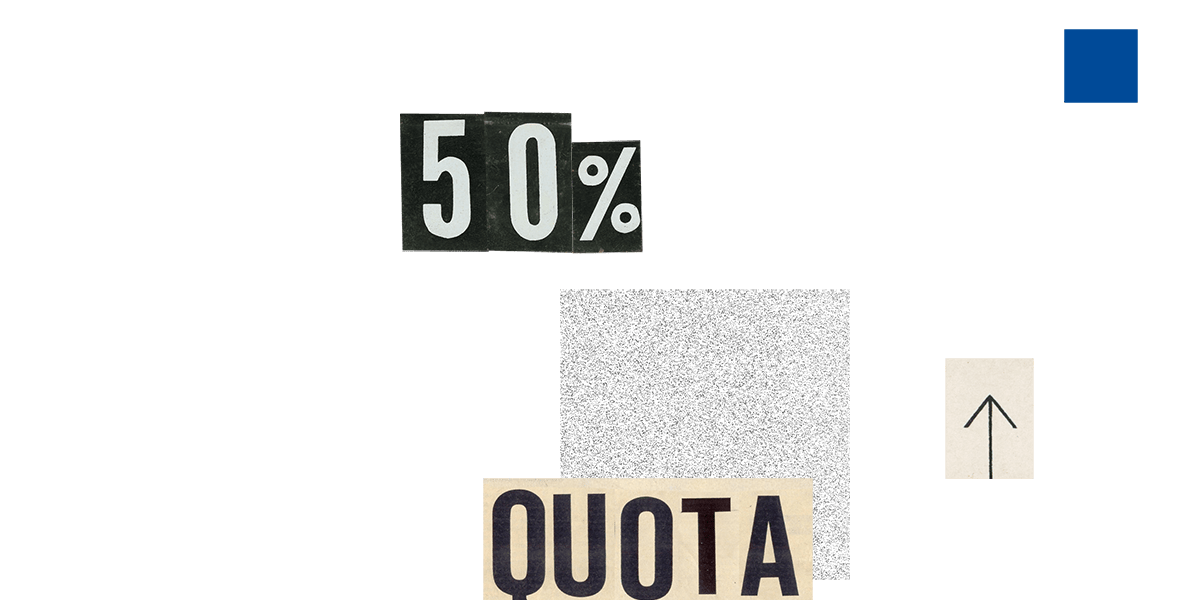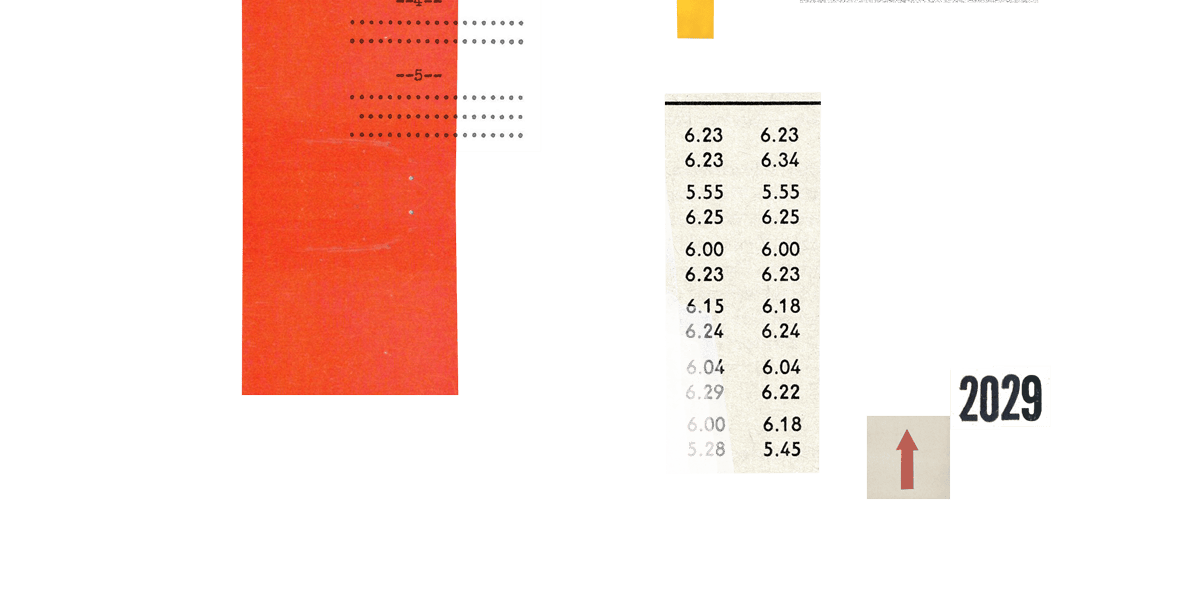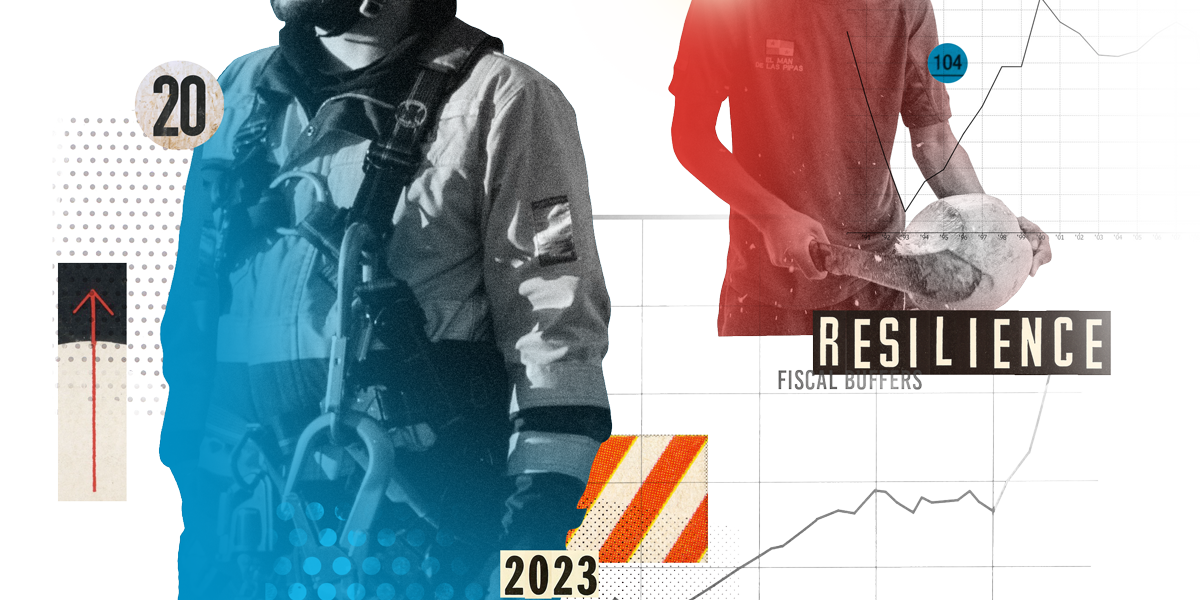Lending and Debt Revisited
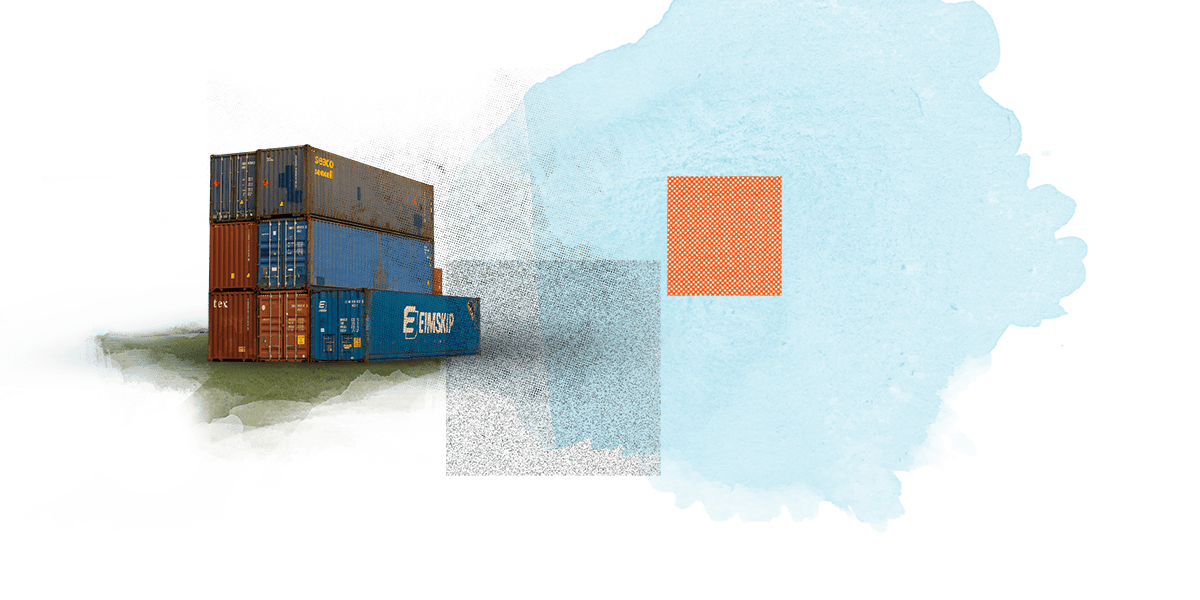
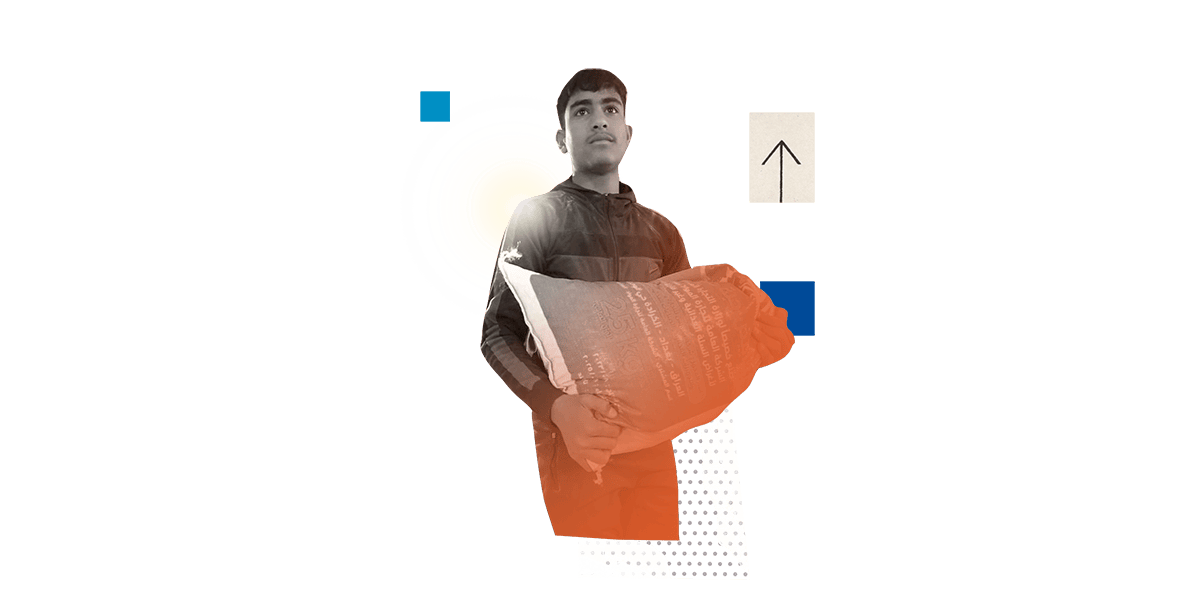
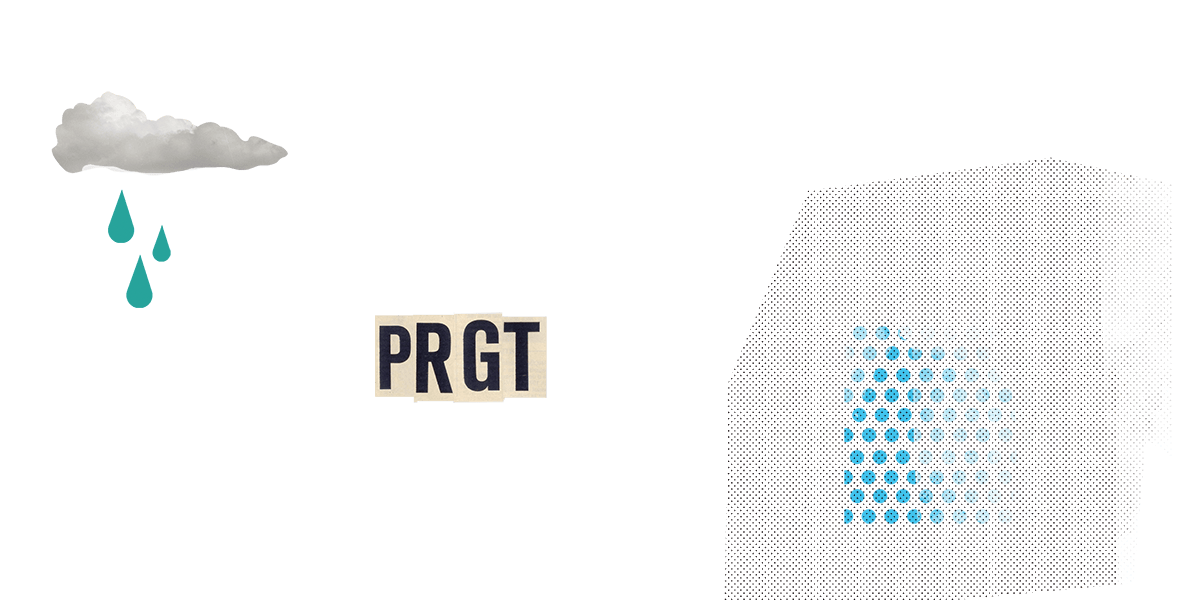
The global economy has suffered successive shocks in recent years. In this environment, a priority for the IMF is to ensure that the global financial safety net and IMF lending vehicles are equipped to address the evolving needs of the global economy, with a focus on crisis prevention, financial stability, and the protection of its most vulnerable members.
Many of the changes made to the IMF’s lending vehicles in response to the changing climate are detailed in the “Lending” section of this Annual Report. Highlights include an extension to normal access limits under both the General Resources Account and the precautionary facilities. Both are scheduled to undergo comprehensive review. In addition, the Board has endorsed staff proposals for reforms of the precautionary facilities to assess their effectiveness, usage, and adaptability to changing global economic conditions.
Another lending instrument that was adjusted over the past financial year was the Food Shock Window. The later was a major IMF innovation designed to allow countries to address the global food crisis. Following an extension of its initial 12-month term, the IMF closed the Food Shock Window in March 2024; the Fund was able to use existing measures to support countries that were and are affected by food shocks. During its lifetime, six countries accessed financing under the Food Shock Window, receiving a total disbursement of $1.8 billion. Despite the end of this financing vehicle, the IMF has continued its close engagement with other international organizations and joined several international initiatives on food insecurity, drawing attention to the urgency and scope of the global food crisis, advocating, calling for urgent and coordinated action, and creating a framework for closer collaboration both at the policy and country levels.
One of the IMF lending vehicles which saw the greatest demand by members over the last fiscal year was the PRGT”—the IMF’s main vehicle for concessional lending (which currently makes loans at zero interest). PRGT lending commitments approved during FY 2024 amounted to SDR 4.9 billion ($6.5 billion).
The unprecedented scaled-up support to low-income countries in recent years, together with sharply higher interest rates, has impacted the PRGT long-term self-sustained lending capacity, which is projected to fall to about SDR 1 billion a year—less than a fifth of the recent lending levels, and below the level of SDR 1.2 billion a year before COVID-19.
While efforts have so far focused on bilateral fundraising facilitated by SDR channeling to support PRGT lending, the focus in the 2024 comprehensive review of the IMF’s PRGT facilities and financing is to identify a reform package that ensures adequate PRGT support to low income countries while restoring the Trust’s long-term financial viability. The IMF’s Board agreed to postpone the next review of the PRGT interest rate to allow for all policies regarding low-income country facilities to be considered together during the 2024 review of the IMF’s PRGT facilities and financing. As a result, the interest rates on all PRGT credit will be kept at zero until the completion of the review.
The ongoing review of the IMF’s PRGT facilities and financing will cover both the review of facilities, including access limits, and PRGT financing, with the aim of ensuring the long-term financial sustainability of the Trust. The PRGT is just one example of how the IMF continuously reviews and adapts its lending facilities to better meet the needs of its members.
PRGT lending commitments during FY 2024 amounted to
(SDR 4.9 billion).
The G20 Common Framework on debt treatment has been
delivering results with faster timelines
in each successive individual country case.
Continued Momentum on Global Sovereign Debt
Debt resolution is a first-order issue for the IMF, and it has been an active player in addressing sovereign debt as part of broader efforts to support global economic stability and development. High debt-servicing costs are a growing challenge for low-income countries, whose budgets are being strained by financing pressures from higher interest payments and the quickening pace of debt repayments.
The IMF remains committed to addressing global debt challenges and enhancing the effectiveness of the G20 Common Framework for debt treatment. The Framework has been delivering results with faster timelines in each successive individual country case, most recently with Ghana and Zambia.
To further promote debt resolution, the IMF convened, together with co-chairs the World Bank and India (as part of its G20 Presidency), a second meeting of the Global Sovereign Debt Roundtable in October 2023. This gathering brought together creditors and borrowing countries with the aim of advancing work on debt vulnerabilities.
A co-chairs progress report for the Global Sovereign Debt Roundtable noted that the Roundtable had contributed to progress on the international debt agenda by providing a platform to advance greater common understanding among key stakeholders. It notes that the Roundtable helped forge consensus on improvement of processes, including on comparability of treatment and on swifter and more predictable restructuring.




